The Martha Washington Inn & Spa
Introduction
Text-to-speech Audio
Images
The Martha Washington Inn & Spa
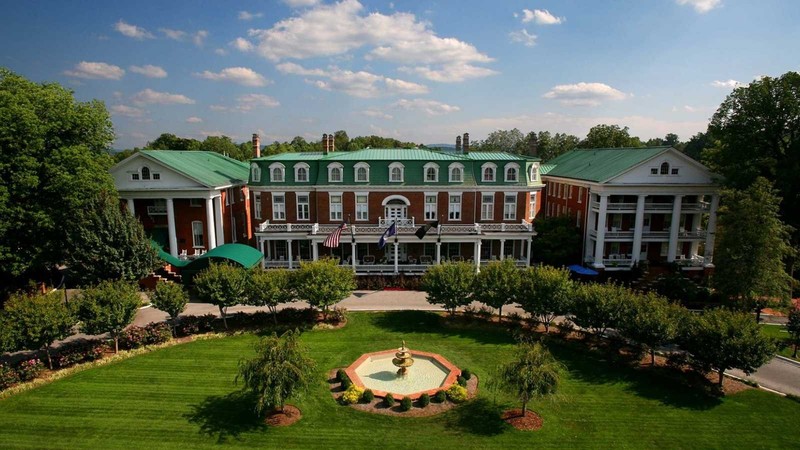
The Martha's main lobby and original parlor room of the Preston House
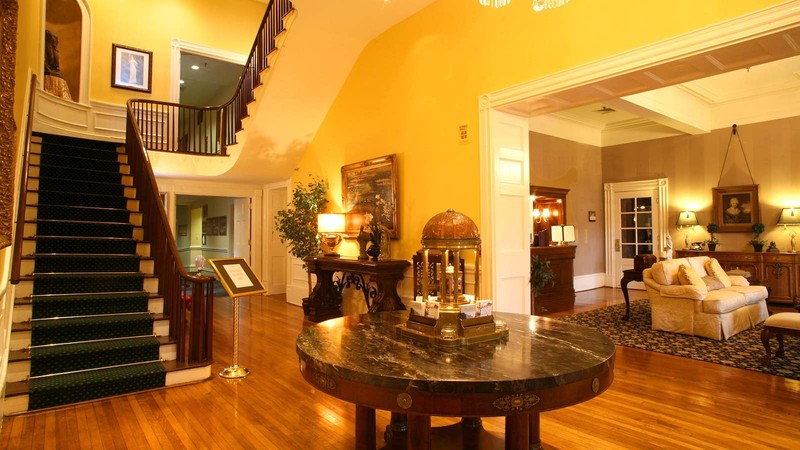
Library room in the Martha
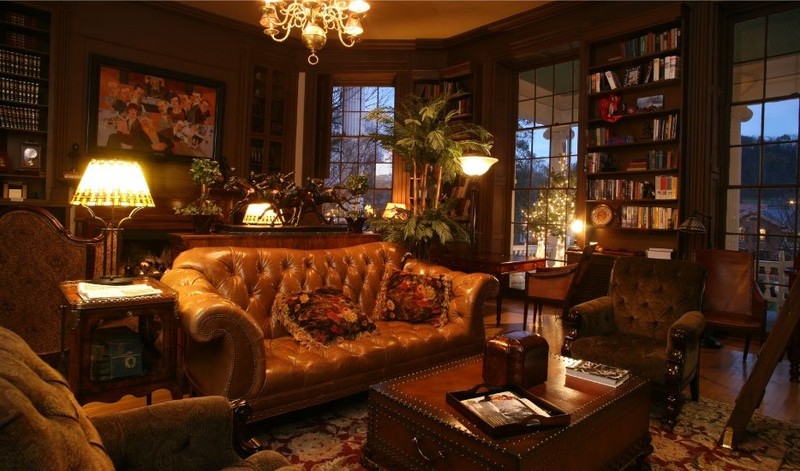
Martha Washington streetview
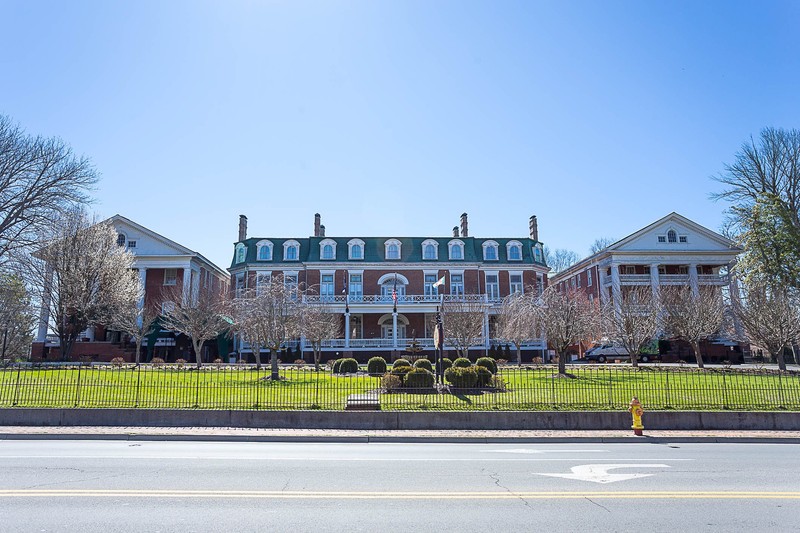
Martha Washington College historical marker
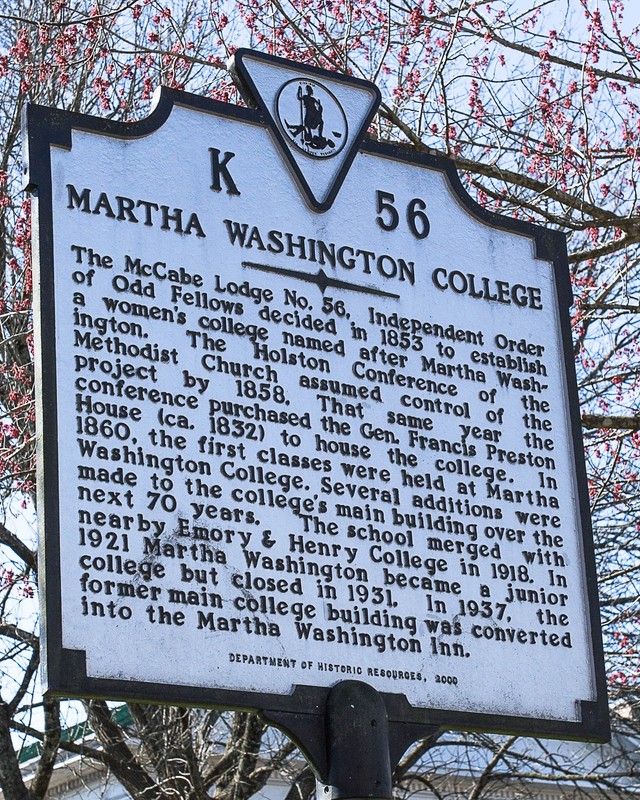
Backstory and Context
Text-to-speech Audio
The Martha Washington, as it is locally known, dates back to 1832. Originally serving as a private residence for General Francis Preston, his wife Sarah Buchanan Preston, and their nine children, the 2-story Federal style home cost Preston $15,000 to build. Preston did not live long after the house was completed, passing away in Columbia, SC in 1835. The house, however, remained in the Preston family until 1858 when it was sold for $21,000 to the trustees of Martha Washington College, a prestigious women’s college. Named after First Lady Martha Washington, the intent on using her name was to creating a respectable institute while honoring the First Lady. The college opened its doors to students shortly thereafter.
Martha Washington College was not in operation long before the Civil War erupted. While the women had the option to return to their homes during wartime, many remained on campus and served as nurses. It was during the Civil War that the building became known simply as the “Martha.” The Washington Mounted Rifles, a local militia unit, used the Martha as their training grounds and barracks. Out of the Civil War came some of Abingdon’s most legendary ghost stories, six of which involve the Martha. The Martha’s famous story involves a student nurse named Beth and a Yankee patient known as Captain John Stoves. The story follows that Captain Stoves was mortally wounded in town and brought to the Martha, lodged in room 403. For weeks afterward, a student nurse named Beth cared for him and often played songs on her fiddle to occupy his mind. The two soon developed feelings for each other. But the romance soon came to an end. One day, Captain Stoves urged Beth to play him a song as he knew he was dying, saying: “Play something, Beth, I’m going.” He very quickly passed before Beth could honor his request. Despite her grief and shock, Beth played a sweet Southern tune for her beloved. It just so happened that an unnamed Confederate officer entered the room to take Captain Stoves as prisoner. Beth proudly let the officer know that “He has been pardoned by an officer higher than General Lee. Captain Stoves is dead.” Beth passed away from typhoid fever a few weeks later. After the war, students, employees, and later hotel guests, have reported hearing violin music coming and within room 403.
Despite the war activity that occurred in and around Abingdon, the Martha survived unscathed and resumed its function as a college shortly after the war. During the Reconstruction Era, two major exterior alterations changed the appearance of the Martha. The first change was the addition of the two 2-story Neo-Classical side wings on the original building (the central unit of the present-day Martha is the original Preston House), the second significant alteration was the introduction of a third story mansard roof in 1905. However, the Great Depression, declining enrollment, and a typhoid fever outbreak caused the school to close its doors in 1932.
The future of the Martha was uncertain for the next few years as it sat vacant. Then in 1935, the Martha reopened as a hotel and has continued to function as a hotel since. Renamed the Martha Washington Inn, it became one of the region’s most prominent lodging establishments. Throughout its time as a hotel, the Martha was welcomed such guests as Eleanor Roosevelt, Presidents Harry Truman and Jimmy Carter, Lady Bird Johnson, Elizabeth Taylor, and Ned Beatty. Then in 1984, the United Company purchased the Martha and performed a multi-million-dollar restoration project on the building. Much of the Martha’s historic character was preserved during this project. Today, the Martha is known as the Martha Washington Inn & Spa and provides high-end lodging and spa services.
The Martha is a contributing member of the Abingdon Historic District, which was designated a Virginia Landmark on December 2, 1969 and added to the National Register of Historic Places on February 26, 1970.
Sources
The History of the Martha Washington Inn & Spa. The Martha Washington Inn & Spa. February 27, 2019. http://www.themartha.com/history.php.
Abingdon Historic District. Virginia Main Street Communities: A National Register of Historic Places Travel Itinerary. February 27, 2019. https://www.nps.gov/nr/travel/vamainstreet/abingdon.htm.
Thomason and Associates. Architectural Survey Report. Virginia Department of Historic Resources. December 1998. February 27, 2019. https://www.dhr.Virginia.gov/pdf_files/SpecialCollections/WG-060_AH_Survey_Abingdon_1998_THOM_report.pdf.
